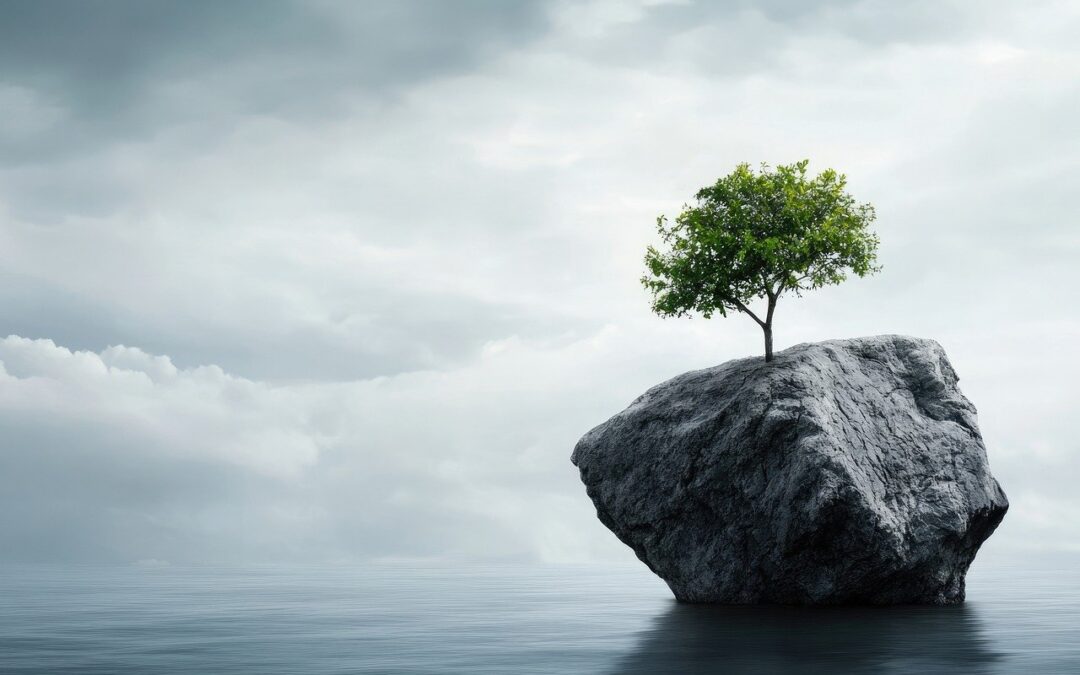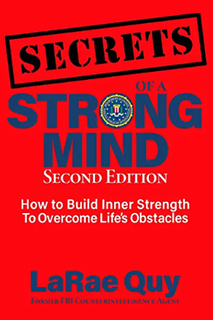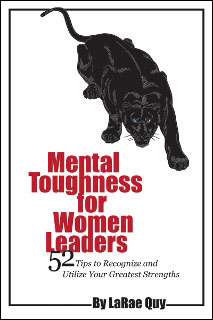Resilience is frequently defined as our ability to bounce back from hardship like rubber bands that pop back to our original shape after being stretched. Likewise, most solutions imply that inspirational quotes, hand-holding, and large doses of sympathy will help us work our way back to some form of our old self.
This attitude trivializes our hardships and asks us to pretend nothing has changed. Our ability to become more resilient requires more than narcissistic fluff, which is a bit like pouring gasoline on a bonfire until the entire backyard is in flames.
The typical solutions for developing resilience don’t promote emotional stability or encourage us to strengthen our backbone. Instead, they offer empty platitudes and have as much punch as a bandage on cancer because they pretend that the world hasn’t really shifted beneath our feet. We’ll get through it with no scorch marks if we bury our heads long enough.
Resilience requires us to bounce through the refining fire of adversity.
Is it fun? Never!
Is it worth it? Always!
Pure iron is not commonly used in industry because it is relatively weak and corrodes quickly. Engineers understand that a stressor like fire changes its composition. Add another stressor like a hammer, and the iron changes its shape. In the process, it can be shaped and formed without cracking or breaking.
Adversity is a form of fire because we bounce through our adversity, not bounce back from it. As a result, we come out different; like iron, we’re stronger and more malleable. Resilient people are not wimps. They don’t wring their hands when life isn’t fair. Instead, they go beneath the surface and pay attention to the deepest dimensions of their life so they can grow from their hardships.
Resilience doesn’t mean feeling good all the time.
Everything is a crisis these days. The word used to mean something significant. A crisis is defined as a condition of instability or danger. Nowadays, it can refer to anything from a war zone to little Johnny’s B in English. Anything that causes you discomfort or hampers your happiness is now a crisis.
You want a real crisis? Talk to prisoners of war, victims of violence, the homeless, or the disadvantaged. Yep, they are in a crisis. The fact that you bumped into a hardship on your yellow brick road to success does not necessarily mean a crisis.
What it really means is that you can’t take a little pain and struggle. The yellow brick road wasn’t devoid of pain and struggle for Dorothy and her companions in The Wizard of Oz. There was frustration, disappointment, desperation, betrayal, and several changes of plans.
Our culture’s pursuit of happiness and feel-good-at-any-cost approach to life makes us dull and stupid. It promotes low professional standards. Sure, we can make people feel secure by protecting them, but it doesn’t make them stronger.
Every hardship in life is a key to a greater understanding of ourselves. We can choose to unlock the future or bolt the door.
This requires a strong mind. Are you mentally tough? Take this evidence-based, FREE Mental Toughness Assessment.
Here are 3 tips to increase your ability to become more resilient:
1. Care for something other than yourself
There are two perspectives on well-being. The first is perhaps the most popular—the hedonistic approach, which focuses on happiness and the pursuit of pleasure while avoiding pain as much as possible. The second is the eudaimonic approach, which defines well-being in terms of the degree to which a person lives with purpose and meaning.
Eudaimonic well-being constitutes a deeper, more durable state, while hedonistic is superficial, transient, and relies on others to usher in our happiness.
Research shows that only about a quarter of Americans have a clear sense of purpose. Nor do they have a clear understanding of what makes their lives meaningful. Having a purpose is not a fixed trait but rather something we can nurture and grow over time.
Purpose means we care about something other than ourselves. It’s more than platitudes spewed forth over a glass or two of wine. It requires us to put time and effort into strategies that help us engage in meaningful activities and behaviors.
Whether you volunteer with a local homeless shelter or a pet rescue or simply support a friend in their own time of need, you can gain a sense of purpose, connect with others, and help them. All of this empowers us to grow in resilience.
Research confirms that having a purpose in life motivates us to reframe a crisis to deal with it more effectively. In turn, this gives us a step up when recovering from stress and trauma. Our enhanced ability to recover makes us more resilient and better prepared for when the next crisis hits—and it will.
How to make it work for you: Finding your purpose is rarely an epiphany or something you pick up on the internet or find in an app. It can be a long, arduous process that requires introspection and then a commitment to do something.
2. Never suffer alone
According to the American Psychological Association, many studies show that the primary factor in resilience is having caring and supportive relationships within and outside the family. Relationships that create love and trust provide role models and offer encouragement and reassurance help bolster a person’s resilience.
When we connect with understanding people, it reminds us that we’re not alone in the middle of a crisis. It’s important to surround ourselves with caring and supportive people because they act as a layer of protection when adversity hits us in the face.
Sure, talking about your situation won’t make your troubles disappear, but it allows you to share your true feelings, remind you that you’re not alone, and brainstorm possible solutions.
“Relationships may be our most undervalued resources,” say authors Rob Cross, Karen Dillon, and Danna Greenberg in the Harvard Business Review. They believe that cultivating connection is at the heart of resilience. In addition, more research indicates that social support affects the resilience levels of individuals, which, in turn, improves work-life balance.
How to make it work for you: Focus on finding trustworthy and compassionate individuals who validate your feelings, which will support the skill of resilience.
3. Prepare for the worst, but expect the best
There is a plant that grows in Florida called the gumbo-limbo tree. It survives hurricanes because when the wind starts to blow, it lets branches break off. If the trunk is kept solid and stable, the wind won’t overturn it. It remains upright, even if the branches don’t grow back into their original form.
The gumbo-limbo tree travels light through the storm. It lets go of everything that’s not essential to focus on for life. But they can sprout from a broken branch on the ground when they do fall.
The gumbo-limbo tree prepares for the worst but expects the best. It sounds a bit like Stoic philosophy, and Marcus Aurelius was one of the best-known Stoics. He believed that we should practice visualizing the worst possible outcome of a situation as a way to mentally prepare ourselves for hardship if/when sh*t hits the fan.
Stoic thinking underscored the importance of being comfortable with the worst so everything else would be a pleasant surprise. Stoics kept a healthy tension between positive and negative thinking.
Negative thinking helps you prepare for the worst, while positive thinking helps you land on your feet because you know how to prevail in your circumstances.
Carl Jung believed much suffering occurs unnecessarily because people won’t accept the “legitimate suffering” from being human. He wrote, “Behind mental conflict there is so often concealed all the natural and necessary suffering the patient has been unwilling to bear.”
Ironically, refusing the necessary pain of being human brings a person ten times more suffering in the long run. This is a recurrent topic in the Bible and most faith traditions. It seems that faith has become, for many people, an evacuation plan (how to get your soul out of earth and into heaven) rather than a transformation plan (how to help God’s will be done on earth as it is in heaven).
True faith seeks transformation in our lives. Our quest to engage in a deep spiritual life can make a difference in a world on fire.
Life is hard. Pain is inevitable. Growth is optional. We really are our own worst enemy when we deny this.
How to make it work for you:
- Be prepared for pain; you will be more resilient when it comes.
- Expect challenges; you will be the most ready when they appear.
- Balance negative thinking with positive thinking (the world is hard, but I can handle it and be stronger because of it.)
© 2025 LaRae Quy. All rights reserved.
Member of Harvard Business Review Advisory Council 2025
You can follow me on Twitter, Facebook, Instagram, AND LinkedIn
Are you mentally tough? Take this evidence-based, FREE Mental Toughness Assessment.
Check out my new online training program at www.SecretsOfAStrongMind.com
Get my book, “Secrets of a Strong Mind (second edition): How To Build Inner Strength To Overcome Life’s Obstacles.”
Author of “Mental Toughness for Women Leaders: 52 Tips To Recognize and Utilize Your Greatest Strengths.”






Recent Comments